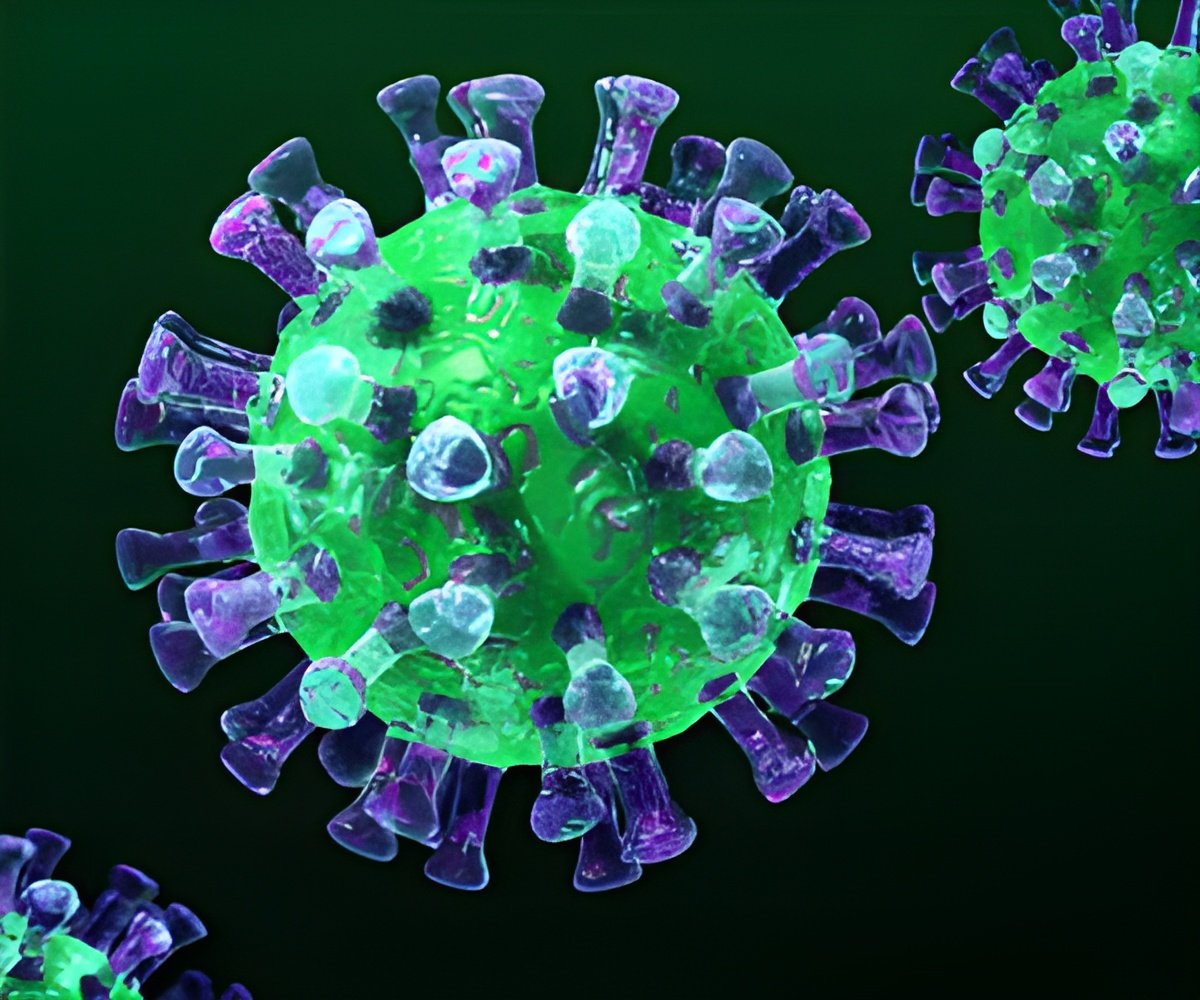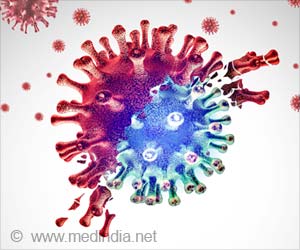Six coronaviruses are known to cause disease in people, but so far, only two of them, SARS-CoV and Middle East Respiratory Syndrome (MERS) coronavirus, have caused large outbreaks of fatal illness in people.

‘The coronavirus has a higher pandemic risk than SARS, and a groundswell of data all point to an impending global pandemic.
’





Named acute swine diarrhea syndrome coronavirus (SADS-CoV), it thankfully did not infect people, unlike SARS-CoV, which infected more than 8,000 people and killed 774. SADS-CoV began killing piglets on a farm near Foshan in Guangdong Province in late October 2016.
Investigators initially suspected porcine epidemic diarrhea virus (PEDV) as the cause.
PEDV is a type of coronavirus common to swine that had been identified at the Foshan farm.
Detection of PEDV ceased by mid-January 2017, yet piglets continued to die, suggesting a different cause.
Advertisement
Chinese health authorities on Tuesday that the death toll due to the new strain of coronavirus has killed 106 people, with 4,515 confirmed cases in 30 provincial-level regions.
"Results derived from our evolutionary analysis suggest for the first time that snake is the most probable wildlife animal reservoir for the 2019-nCoV," said study researchers from the Wuhan University in China.
The study said that patients who became infected with the virus were exposed to wildlife animals at a wholesale market, where seafood, poultry, snake, bats, and farm animals were sold.
By conducting a detailed genetic analysis of the virus and comparing it with available genetic information on different viruses from various geographic locations and host species, the investigators concluded that the 2019-nCoV appears to be a virus that formed from a combination of a coronavirus found in bats and another coronavirus of unknown origin.
According to the researchers, the resulting virus developed a mix or "recombination" of a viral protein that recognizes and binds to receptors on host cells. Such recognition is key to allowing viruses to enter host cells, which can lead to infection and disease.
Source-IANS









